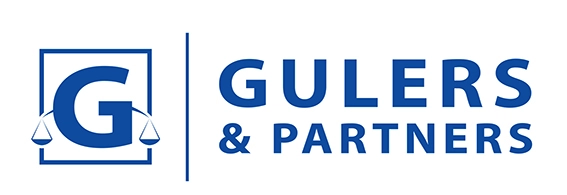Design Registration Application in Turkey: Things to Consider
The Industrial Property Law No. 6769 ("IPL") defines design as “the appearance of the whole or part of a product or the ornamentation thereon resulting from features such as line, shape, form, color, material, or surface texture”. In order for a design to be protected, it must firstly comply with the definitions of "design" and "product" and fulfil the criteria of "novelty" and "distinctive character".
The design right obtained by protection authorises the owner to prevent the use of the design for commercial purposes by others without consent. Pursuant to the IPL, a design may be protected as a registered design or as an unregistered design if it is presented to the public for the first time in Turkey. While the protection period of unregistered designs is 3 years, the protection period of registered designs is 5 years and can be extended up to 25 years with 5-year renewals.
In order to obtain protection by registration in Turkey, a design application must be made to the Turkish Patent and Trademark Office (“Office”) and must contain the following:
Application form containing information on the applicant’s identity,
Visual representation that reflects the design’s appearance and is suitable for reproduction by publication,
Description of the visual representation or sample of the design, optionally,
Name of the product in which the design is used or applied,
Name(s) of the designer(s), and request for anonymity of the designer, if any,
Information on how the right to apply for registration was obtained from the designer(s),
Request for deferment of publication, if any,
Pre-emptive rights, if any,
Details of the representative, if appointed.
The important factors to consider with regard to the application form are that (i) the request for deferment of publication cannot be made after the application stage, (ii) if there are multiple designs, this should be mentioned in the application, (iii) the name of the product must be indicated in Turkish and in accordance with the Locarno classification system, with the Locarno code, (iv) the visual representation, whether it is a painting, drawing, graphic, photograph or something else, must have a very good resolution, colour contrast, clarity and quality, and overall must be in accordance with the IPL and the guidelines of the Office, and (v) if the description of the visual representation is given, the technical and functional features should not be mentioned or cannot only consist of the statement “as shown”.
Furthermore, there are also a number of critical points to be considered, where failure to do so may result in the design application to be incomplete or to fail the preliminary examination stage by the Office.
In this context, the design to be registered must:
Be compatible with the product definition.
Be new and distinctive.
Not be contrary to public policy or morality.
Not have to be manufactured in specific shapes and sizes for mechanical assembly or attachment to another product.
Not involve the inappropriate use of signs, emblems, insignia or designations of public interest, religious, historical, and cultural values for which registration has not been authorized by the competent authorities, without prejudice to the exceptions.
Not be made by natural or legal persons that are not specified in the IPL.
Not be made in bad faith.
Not involve an unauthorized use of an intellectual property right.
Not have an identical or similar design disclosed to the public priorly.
Lastly, each application is subject to an application fee depending on the number of photographs submitted in the application and other details of the application. This application fee must therefore be paid at the time of application.
In summary, although design applications have a simple filing mechanism, there are certain elements that the Office takes into account when examining a design application. If these elements are not included in the design application or are lacking, the Office may decide to reject the application. Therefore, the IPL, secondary legislation and the Office's established practice must be considered when filing for a design registration.




















































 Successful
Successful